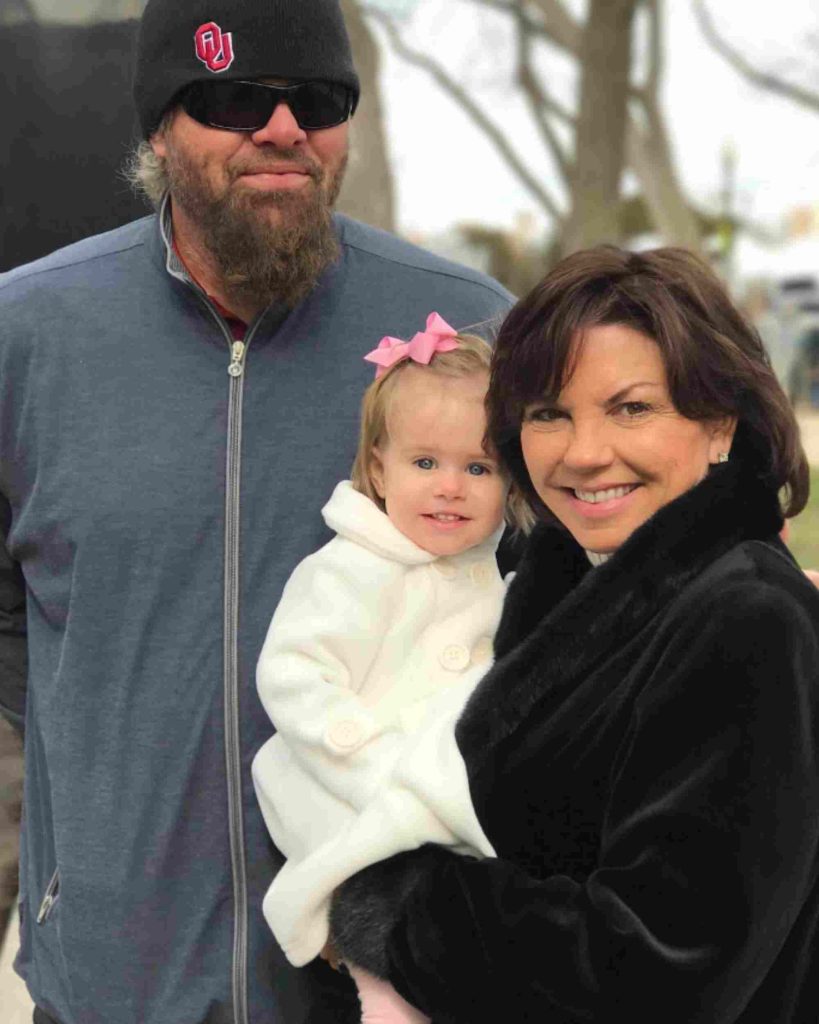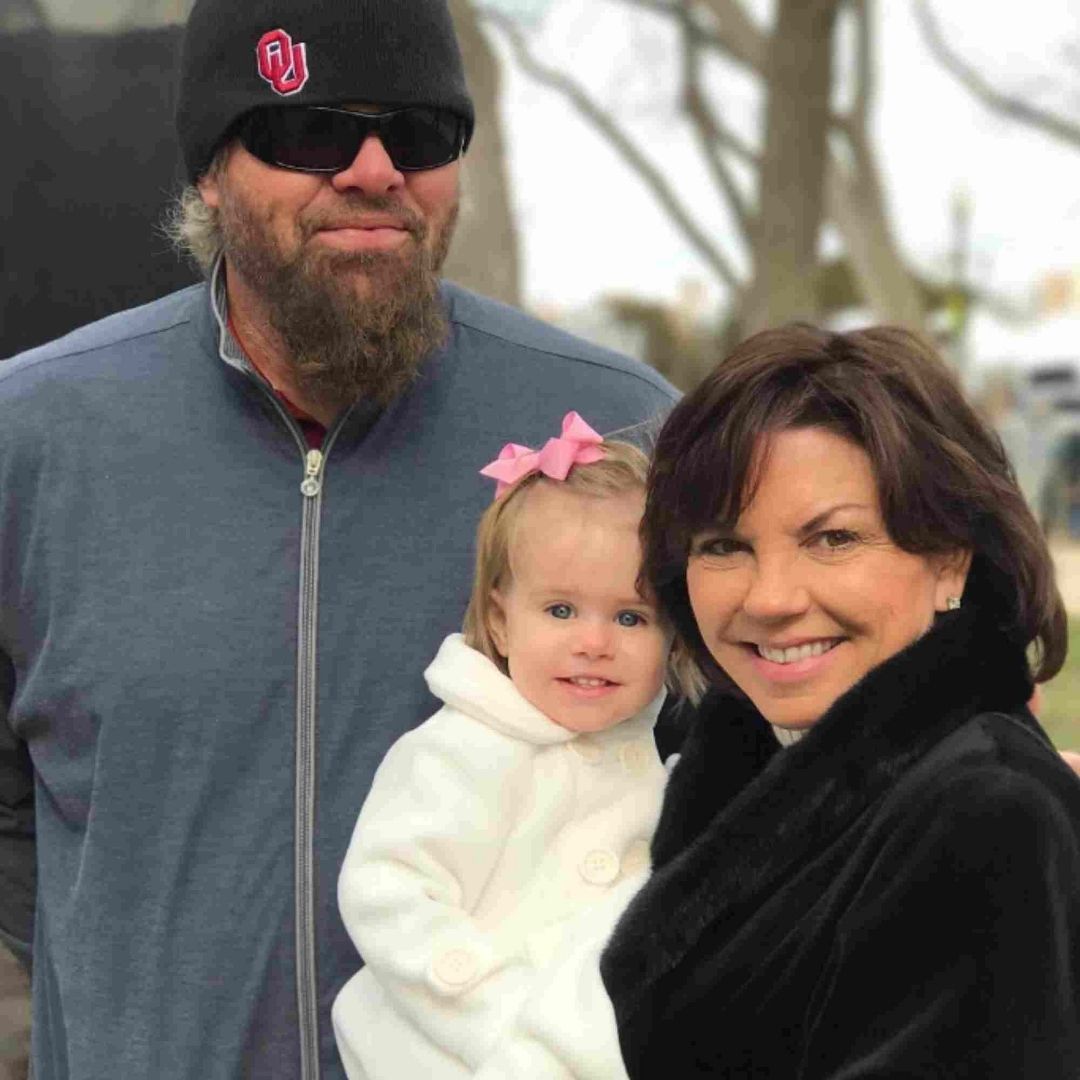
Introduction
I still remember the first time I stumbled upon Toby Keith’s “Who’s That Man” — I was driving down a long stretch of empty highway, the sun slipping below the horizon, and that aching, steel guitar came through the speakers like a punch to the heart. You don’t forget a song like that, the kind that wraps itself around old memories and makes you think about the roads you’ve traveled — and the ones you never got to walk.
About The Composition
- Title: Who’s That Man
- Composer: Toby Keith
- Premiere Date: July 1994
- Album: Boomtown (1994)
- Genre: Country
Background
According to the Wikipedia article, “Who’s That Man” was co-written and recorded by Toby Keith and became the lead single from his album Boomtown. Released in 1994, it shot to No. 1 on the Billboard Hot Country Singles & Tracks chart, marking an early career milestone for Keith.
The song came out at a time when country music was balancing between its traditional roots and a newer, more commercial sound. Keith, known for his straightforward, relatable lyrics, crafted a ballad that perfectly captured heartbreak — not just any heartbreak, but the sharp, bitter kind when you’re looking at the life you used to have, now lived by someone else.
Musical Style
“Who’s That Man” leans into classic 1990s country instrumentation: the sorrowful cry of the steel guitar, the measured pace of the drums, and Keith’s distinctive baritone anchoring it all. There’s a deliberate simplicity here — no flashy production, no overcomplication — just raw emotion laid bare.
The structure is tight: verses that slowly unfold the painful realization, a chorus that lands with emotional weight, and subtle backing harmonies that echo the loneliness running through the lyrics. The instrumentation serves the story, not the other way around, making it a masterclass in restraint and mood-setting.
Lyrics/Libretto
Lyrically, the song tells the story of a man who drives by his former home, now occupied by his ex-wife and her new partner. The line “Who’s that man, runnin’ my life?” cuts to the core — it’s not just jealousy; it’s the ache of being replaced in the places you once called yours.
The lyrics paint vivid scenes: kids playing in the yard, a home he helped build, the quiet agony of watching someone else step into your role. It’s not a grand tragedy — it’s a small, everyday heartbreak, which makes it all the more relatable.
Performance History
Upon its release, “Who’s That Man” became one of Toby Keith’s signature hits. It topped the country charts and solidified his status as a major force in Nashville. Keith performed it regularly during his tours, and it became a fan favorite, especially among listeners who connected with its themes of love lost and lives moved on.
Over time, the song has appeared on several of Keith’s compilation albums and remains a staple on classic country radio. Though Keith’s later hits veered into patriotic and party anthems, this ballad remains one of his most emotionally resonant performances.
Cultural Impact
While “Who’s That Man” didn’t necessarily redefine country music, it contributed to the broader 1990s wave of songs that focused on emotional honesty and storytelling. It’s been referenced in country fan circles, covered by aspiring singers, and remains a touchstone for anyone exploring the heartbreak side of country music.
It also helped shape Toby Keith’s public image — not just as a rough-and-tumble performer, but as someone who could deliver vulnerable, deeply human songs. That duality became a key part of his enduring appeal.
Legacy
Decades later, “Who’s That Man” still resonates. Its themes are timeless: regret, longing, the complicated feelings that come with seeing your past life continue without you. For many fans, it stands as one of Keith’s most powerful early works, proving that even in a career filled with hits, the quiet, painful songs often leave the deepest mark.
It’s the kind of track that new generations of country fans discover and immediately understand — because no matter how music styles change, heartbreak doesn’t.
Conclusion
Personally, “Who’s That Man” has always struck me as one of Toby Keith’s most underrated gems. It’s a song I return to when I need to sit with complicated emotions, when I want music that doesn’t try to fix anything but simply tells the truth.
If you’ve never given it a close listen, I recommend starting with Keith’s original recording from Boomtown. Let the steel guitar sweep over you, let the lyrics sink in — and maybe, just maybe, you’ll find a bit of your own story reflected there too.
Video
Lyrics
Turn left at the old hotel
I know this boulevard much too well
It hasn’t changed since I’ve been gone
Oh, this used to be my way home
They paved the road through the neighborhood
I guess the county finally fixed it good
It was gettin’ rough
Someone finally complained enough
Fight the tears back with a smile
Stop and look for a little while
Oh, it’s plain to see
The only thing missing is me
That’s my house and that’s my car
That’s my dog in my backyard
There’s the window to the room
Where she lays her pretty head
I planted that tree out by the fence
Not long after we moved in
There’s my kids and that’s my wife
But who’s that man running my life?
If I pulled in would it cause a scene?
They’re not really expecting me
Those kids have been through hell
I hear they’ve adjusted well
Turn around in the neighbor’s drive
I’d be hard to recognize
In this pickup truck
It’s just an old fixer up
Drive away one more time
A lot of things runnin’ through my mind
I guess the less things change
The more they never seem the same
That’s my house and that’s my car
That’s my dog in my backyard
There’s the window to the room
Where she lays her pretty head
I planted that tree out by the fence
Not long after we moved in
There’s my kids and that’s my wife
But who’s that man running my life?
Yeah, that’s my house and that’s my car
That’s my dog in my backyard
There’s the window to the room
Where she lays her pretty head
I planted that tree out by the fence
Not long after we moved in
There’s my kids and that’s my wife
But who’s that man running my life?
Who’s that man running my life?
(Who’s that man?)
(Who’s that man?) Who’s that man running my life?
(Who’s that man?) Hmm-mm
(Who’s that man?) Who’s that man running my life?
(Who’s that man?)
(Who’s that man?)
